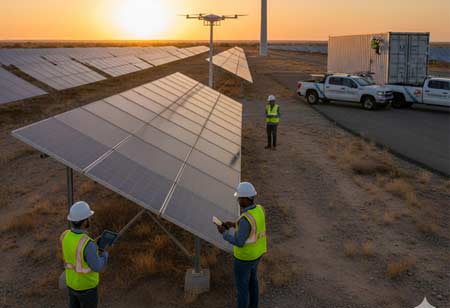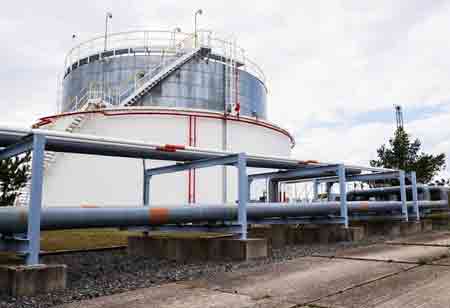Thank you for Subscribing to Energy Business Review Weekly Brief
Virtual Power Plants and the Asia-Pacific Energy Transformation
The Asia-Pacific is shifting to decentralized energy resources, with Virtual Power Plants optimizing their use, enhancing grid stability, resilience, and facilitating a cleaner energy transition.

By
Energy Business Review | Monday, August 04, 2025
Stay ahead of the industry with exclusive feature stories on the top companies, expert insights and the latest news delivered straight to your inbox. Subscribe today.
Fremont, CA: The Asia-Pacific energy landscape is rapidly shifting from centralized power generation toward distributed energy resources (DERs) to meet growing demands for sustainability, resilience, and efficiency. These smaller-scale, decentralized energy assets, ranging from rooftop solar panels and battery storage systems to electric vehicles and smart appliances, are increasingly playing a pivotal role in the region's energy future. However, the true potential of these individual assets is unlocked through the innovative concept of Virtual Power Plants (VPPs).
The Evolution of Energy Management
The region's abundant solar potential, coupled with declining costs of photovoltaic technology and battery storage, has led to a proliferation of behind-the-meter installations. As more homes, businesses, and industrial facilities integrate these technologies, the need for intelligent management and coordination becomes paramount. VPPs offer a solution by providing a centralized control system that can monitor, forecast, and dispatch energy from these diverse sources.
Functionally, a VPP acts as a sophisticated orchestrator. It receives data from connected DERs, analyzes grid conditions and market signals, and then sends optimized commands to individual assets. For instance, during periods of high electricity demand, a VPP can instruct household batteries to discharge stored solar energy back into the grid or initiate demand response programs with commercial and industrial facilities to temporarily reduce their energy consumption. Conversely, when renewable energy generation is abundant, the VPP can direct excess power to charge batteries or to power flexible loads. This dynamic interaction helps to balance supply and demand in real-time.
Benefits for a Resilient Grid
The benefits derived from this aggregation are substantial. By pooling the flexibility and capacity of numerous DERs, VPPs contribute significantly to grid stability. They can quickly respond to fluctuations in renewable energy output, helping to smooth the intermittency often associated with solar and wind power. This responsiveness enhances the overall reliability of the electricity system and reduces the reliance on traditional, often fossil fuel-based, peaking power plants. Furthermore, VPPs facilitate the deeper integration of renewable energy into the grid, accelerating the transition towards a cleaner energy mix across the APAC region. This decentralized approach also fosters greater energy security by distributing power generation across a wider network, making the grid more resilient to localized disruptions.
VPPs are transforming energy consumers into active participants in the energy market, enabling their distributed energy assets to make meaningful contributions to the grid's operation and stability. This evolution signifies a fundamental shift in how electricity is generated, managed, and consumed, laying the groundwork for a more agile, sustainable and reliable energy future in the APAC region.






